To my pals in patchwork publishing, the folks who edit your quilt guild’s newsletter:
I’ve got goodies for you.
Poems, prose from a private eye, and a puzzle—all about our passion: quilting.
You deserve it. You’ve got one of the hardest and most important jobs in the guild. Your colleagues in the guild get you articles and info late in the game, with loose threads and participles dangling, with more typos than you can shake a stiletto at. Photos or clip-art are sad…or sadly lacking. There’s the quicksand of copyright to worry about. And layouts? Mission impossible without a graphic design PhD or a teenager in the house. Yet you’re expected to get everything out in time.
So here it is. A zinger, a beam of light, a flight of fancy. Guaranteed to make your guild go gaga when they get next month’s issue.
Number ONE goodie is Quilt Verse. Jacquie Scuitto, aka The Muse, has been crafting poetry about our passionate pastime for some time now. I get a major tickle whenever she posts on Quiltart.net. She knows our hidden agendas:
ROOM TO DREAM
By Jacquie Scuitto, aka The Muse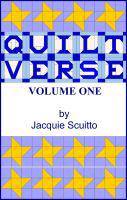 I dream of having a great big room
I dream of having a great big room
Just for me and my quilting
With lots of shelves and work space tops
And a comfortable chair for tilting.
A wall there’d be to try designs
And show off my creations.
My computer would be handy to communicate
My triumphs and elations.
The newest books would appear like magic
And never crowd up their shelves.
The fabrics likewise, and even better,
They would neatly fold themselves!
I might put a mini-kitchen in
And a comfy sofa bed.
Why not? It is my dream
And there’s lots of room in my head.
And she knows our weaknesses:
IRONING?
By Jacquie Scuitto, aka The Muse
Some people iron fabric but seldom clothes;
Press seams but not trouser creases;
Sew on buttons only to embellish;
Buy yardage to cut into pieces.
Are these persons crazy? A little deranged
With a view of the world rather strange?
No, this is normal behavior for a large group of people
Called quilters — and they don’t plan to change!
You can get the ebook collection of her poems at Smashwords.
Spend just a few bucks on an electronic version, and Jacquie will generously let you share an verse now and then (with credit, so guild members know where to go when they need a gift for a quilter!) Find her or follow her blog at http://quiltmuse.blogspot.com.
And then, challenge your guild members to submit their own quilt verse for the next issue…Bet you get a nibble as long as you don’t quibble!
Number TWO goodie– Quilts in the Attic: Uncovering the Hidden Stories of the Quilts We Love, by Karen Musgrave
Best price I’ve found is on Amazon. 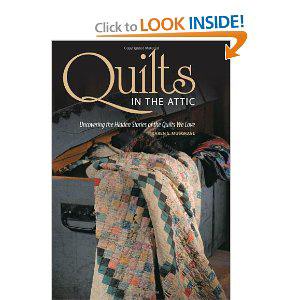
We all know how quilting can be therapeutic, but it’s not often that reading about quilts provides that service. But Quilts in the Attic is my current go-to read when I have a little time to kill and nerves on edge. One minute I’m gritting my teeth as I wait in long lines at the post office, the next minute I’m sinking my teeth into a most personal, deliciously satisfying story about someone devoting her heart and her art to making her mark on her world. Mind you, this could be a book you read start to finish, but I pack it in my tote, and when impatience or anxiety calls my name, I grab it, pick a picture of a quilt, then delve into the secrets behind the stitches. Quilters with lofty reputations are shown to be down-to-earth women of conscience and wit, while nobodies and needle-workers of long ago share their uncommon lives. Karen has a way of turning all of them into friends, and turning the quilts they created into never-to-be-forgotten classics.
Why not let this book inspire your guild chronicles? Let the guild historian, or corresponding secretary present the full story behind a member’s heirloom? There’s never enough time at Show ‘n Tell to share the full scoop…
Number THREE goodie — Full disclosure: This is tied to a new book, too. Mine! Hot off the press, Quilt Blocks Go Wild! 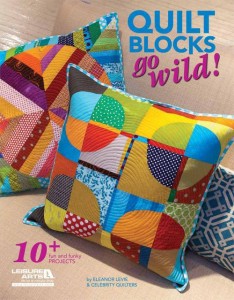
I’m itching wildly to get it into people’s hands. To give a big hand to contributing celebs Malka Dubrawsky (those pillows on the cover are her designs), along with Karla Alexander, Pamela Dinndorf, Tonya Ricucci, Elizabeth Rosenberg, and yours truly (me!). I can’t wait for you to try your hand at taking a classic quilt block and making it your own, for quilts and wall hangings, table runners and tote bags, potholders and pillows.
Shameless sales pitch: Get it from me here, where it’s already at a great price. It’s too new to have accrued those oh-so influential reviews on Amazon. If you know my other books and you can foresee putting a mildly– if not wildly–positive review on Amazon, give me your contact info, and I’ll offer you the book at a price that’s unbeatable.
Or, get it from Amazon here.
But back to those guild newsletters. I had myself a wild time working on a crossword puzzle with a master puzzle creator who happens to be my cousin. The titular theme of the puzzle happens to be Quilt Blocks Go Wild! (Where have I heard that before?) The puzzle is free on my website, and you’re welcome to include it in your newsletter. Click here.
As for the solution, I’d be grateful if you send your guild members to my website, where they can confirm that they got it all right. Or not!
And maybe take a gander at my new book. Did I mention that I have one? Am I being wildly brazen here?
By now you’ve caught on to the fact that I’ve just presented 3 book reviews. Hey, wouldn’t a book review make a great little feature in the guild newsletter? If you think this creates work rather than relieves you of same, take the same sly approach Tom Sawyer used in whitewashing Aunt Polly’s fence: Start in, make it look fun, and step aside when your guild girlfriends clamor to do the job for you.
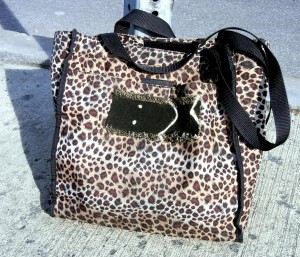



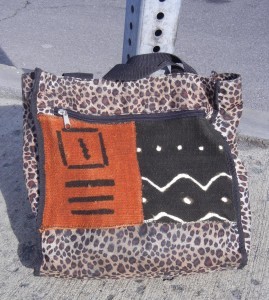
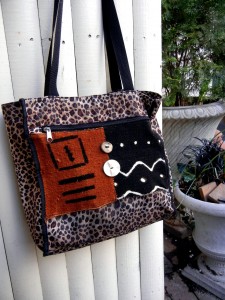
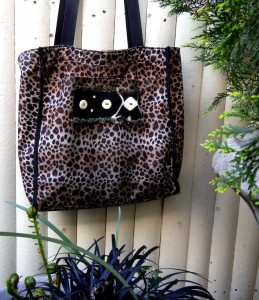



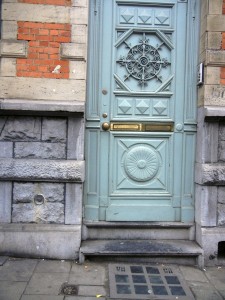
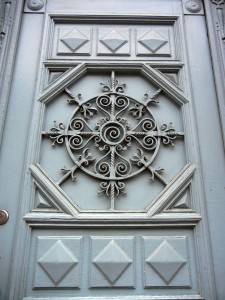
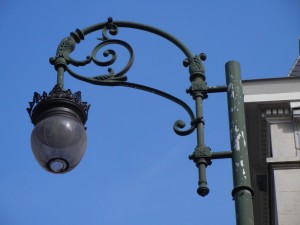
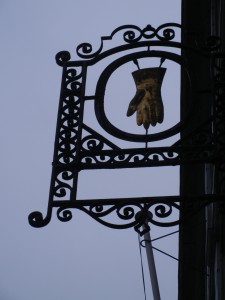
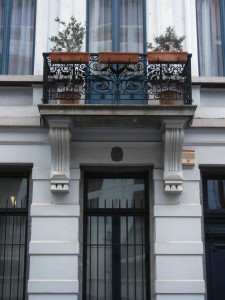
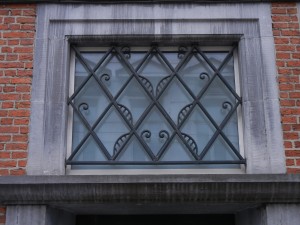
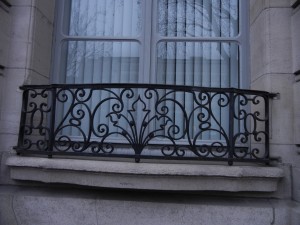
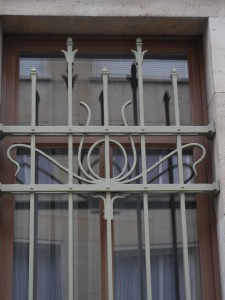
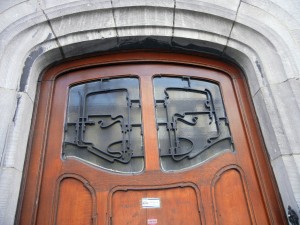
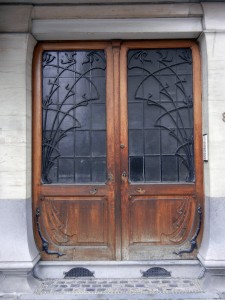
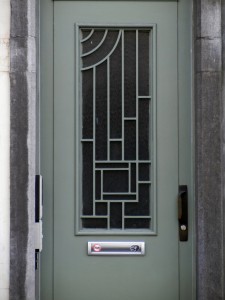
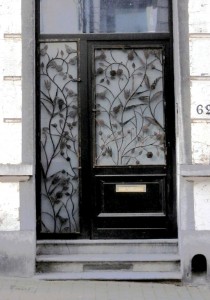
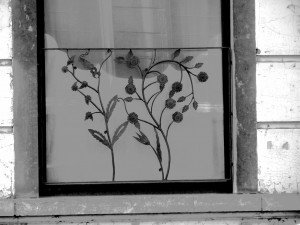
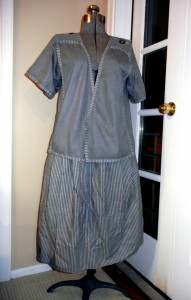
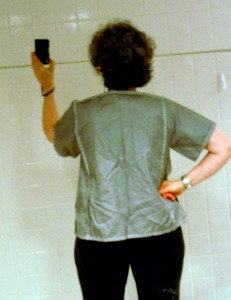
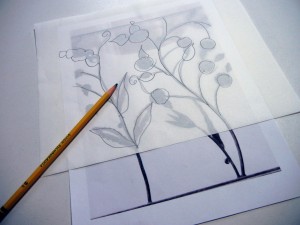
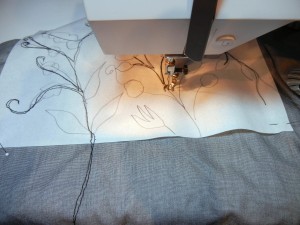
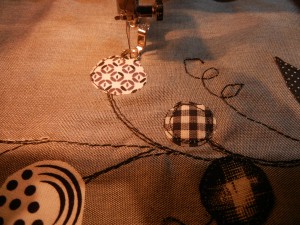
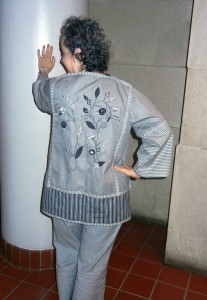
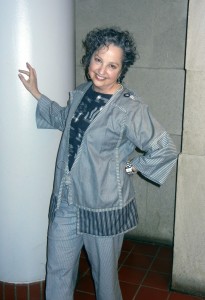
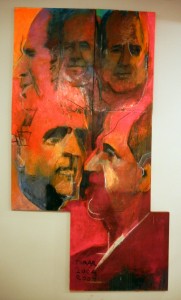
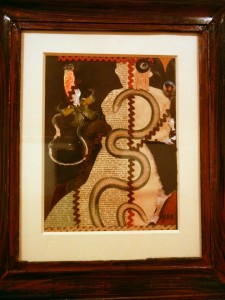
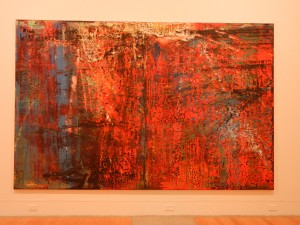
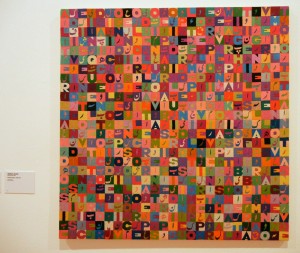
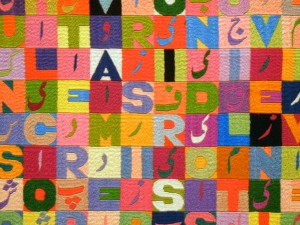
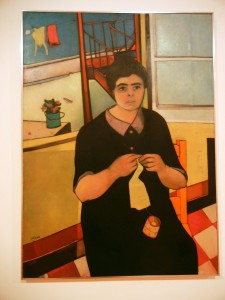
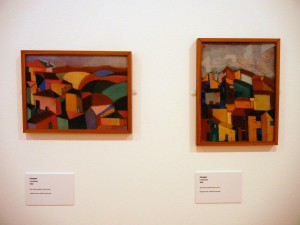
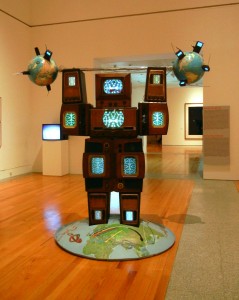
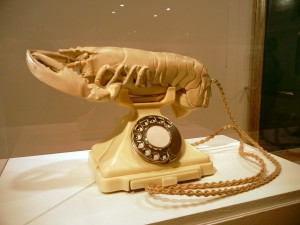
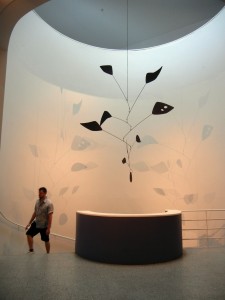
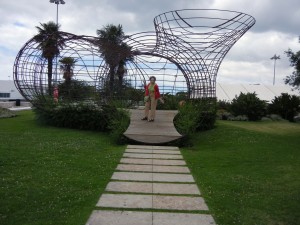
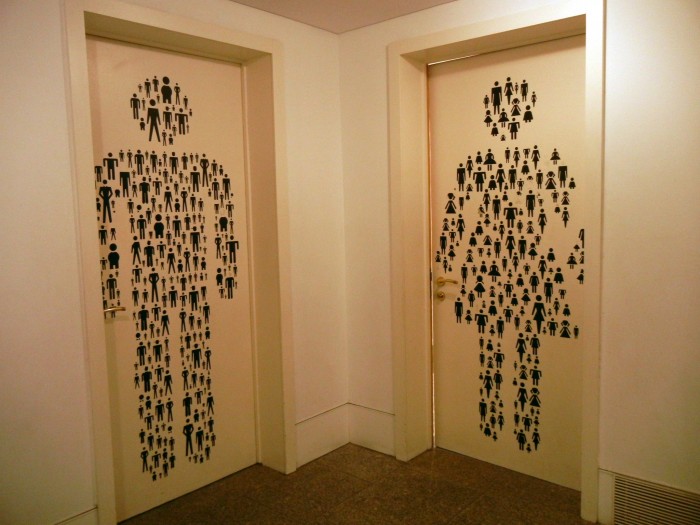
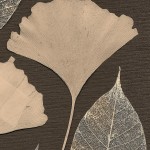
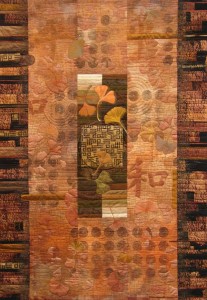
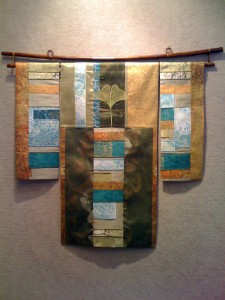
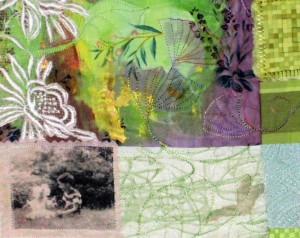

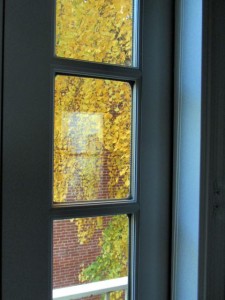
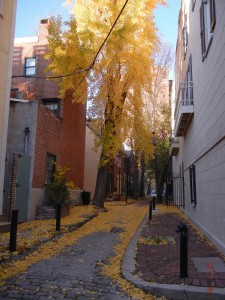
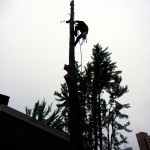
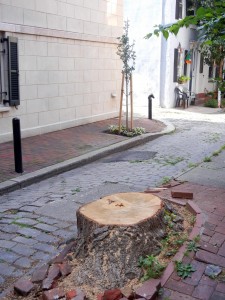
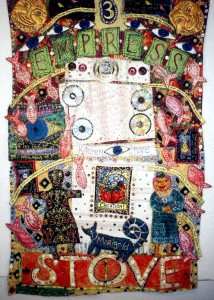
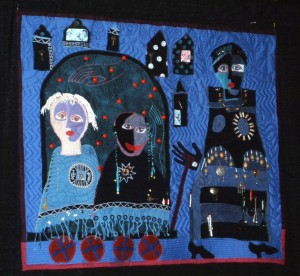
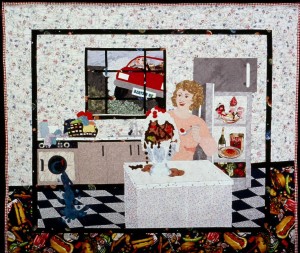
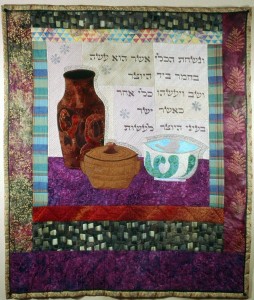
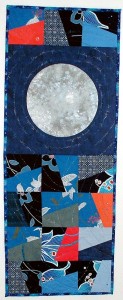
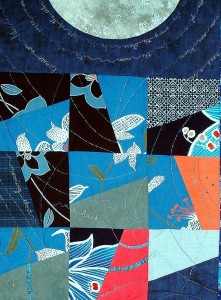
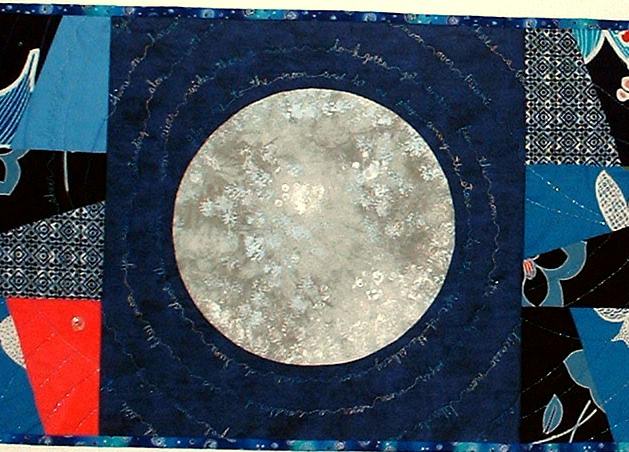
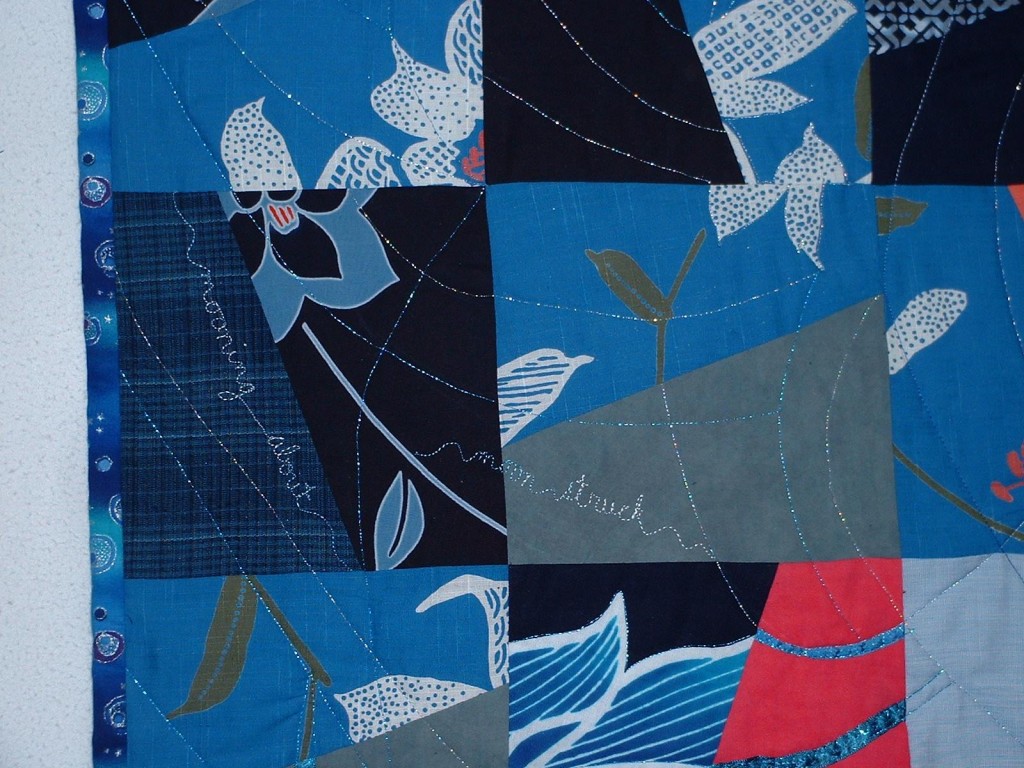
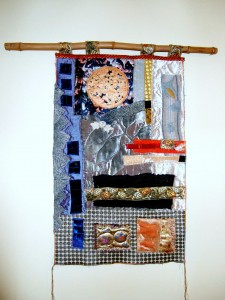
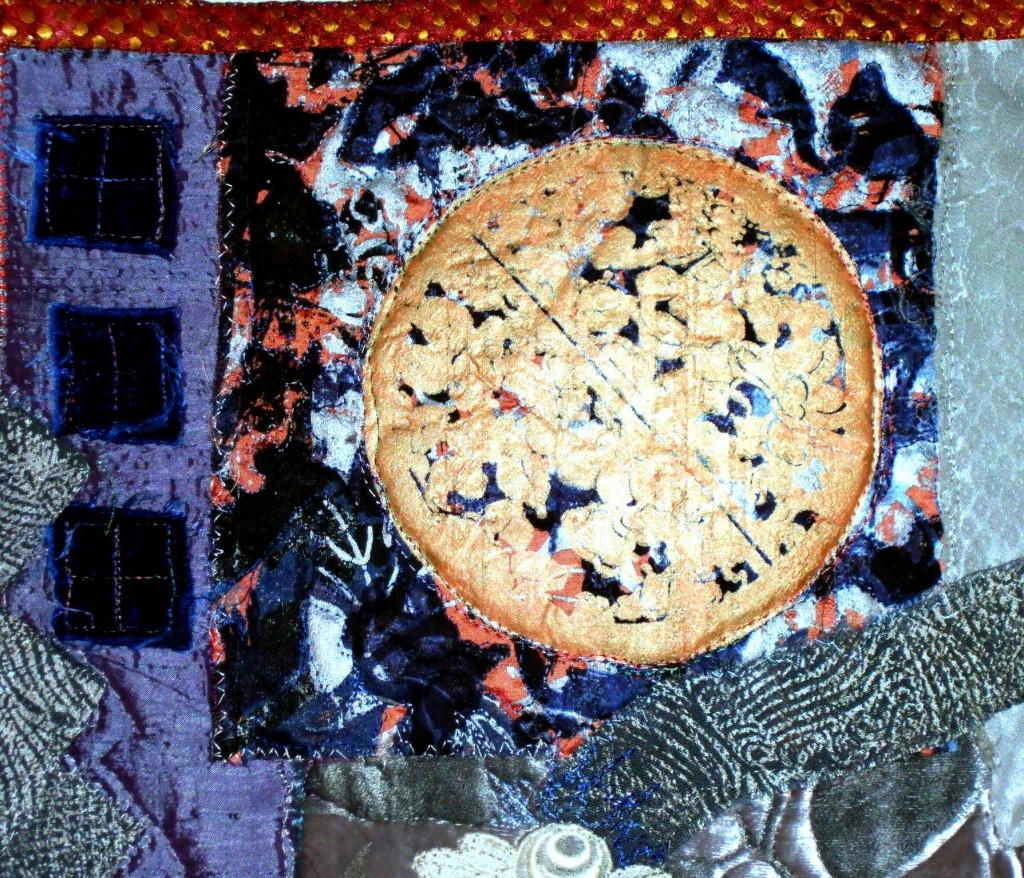
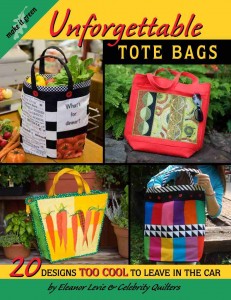
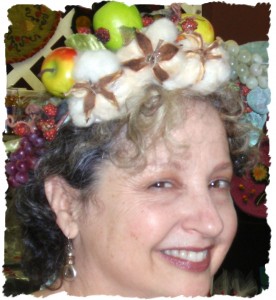
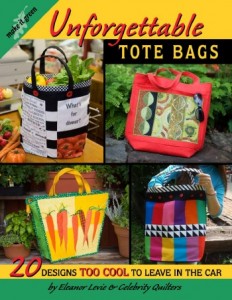
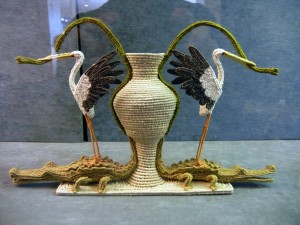
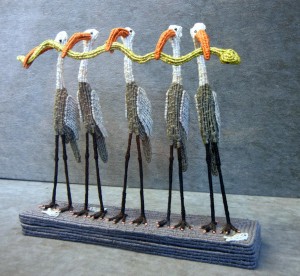
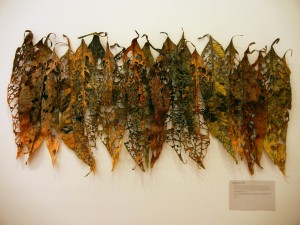
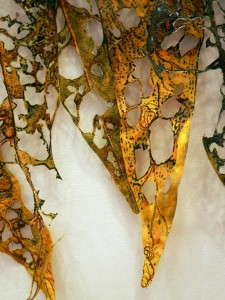
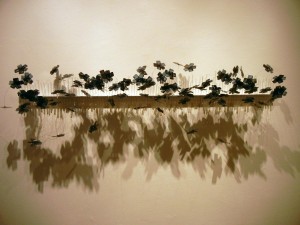
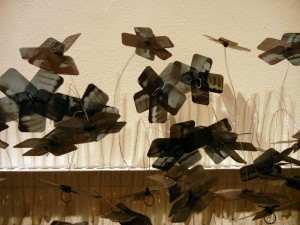
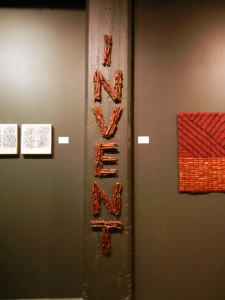
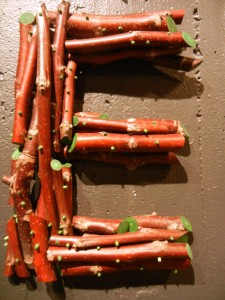
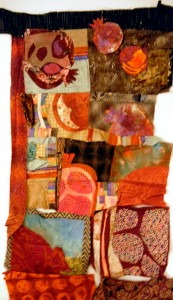
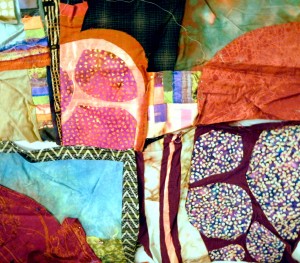
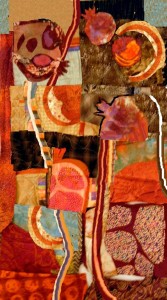
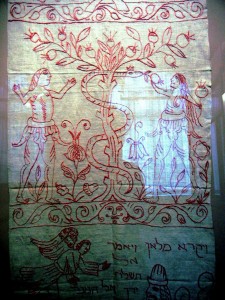
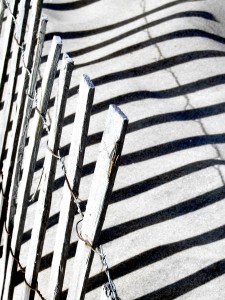
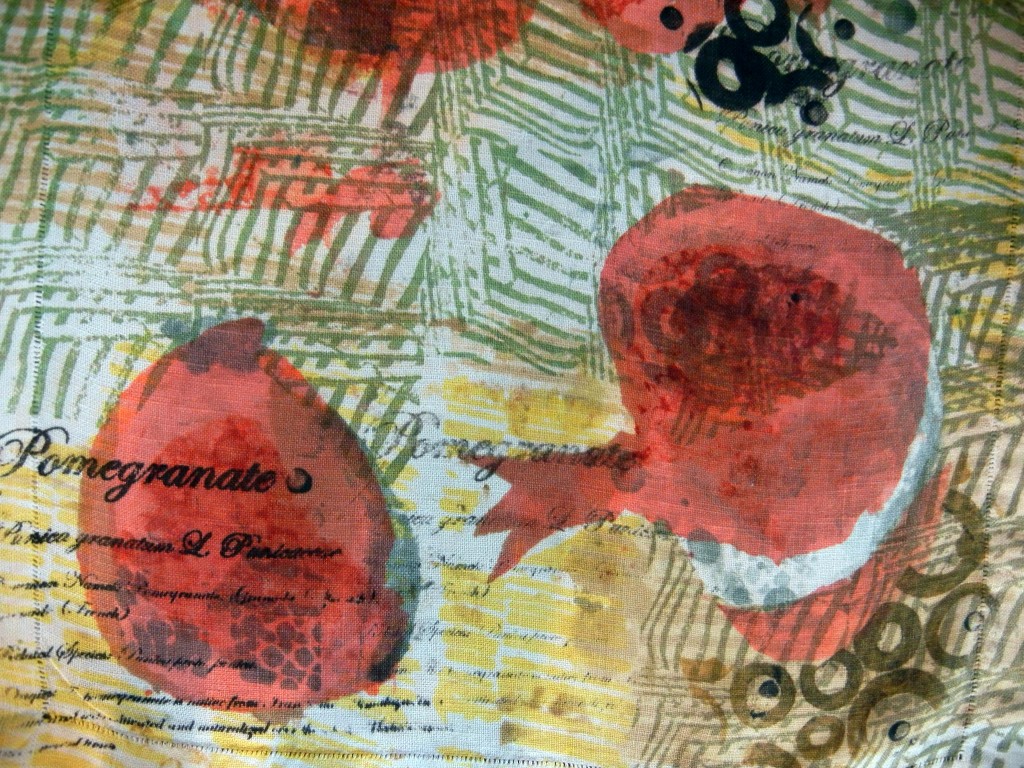
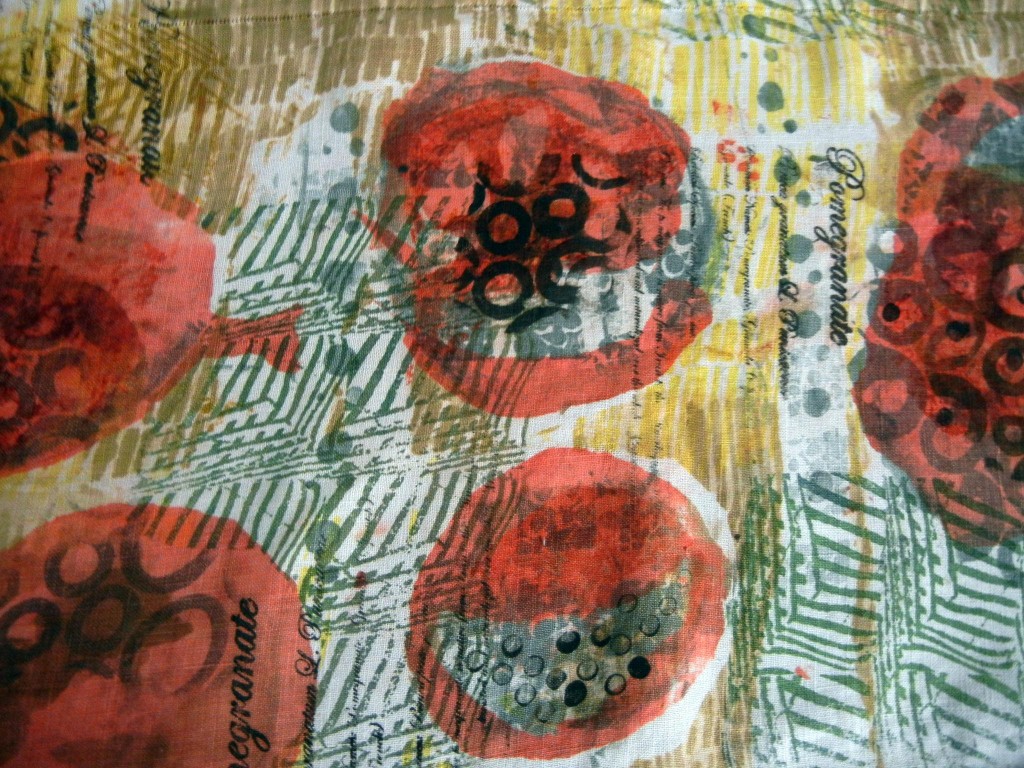
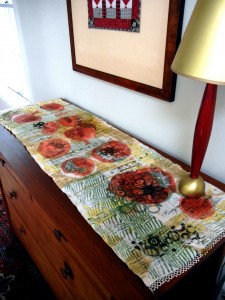
Those mud cloth bags are gorgeous! Love seeing how you craft such beautiful objects from such interesting materials!
All the same bag–in process, and turned around! But yeah, I should make a lot more!–one for Marsha, Maya, and Daniela??
Nice bag!